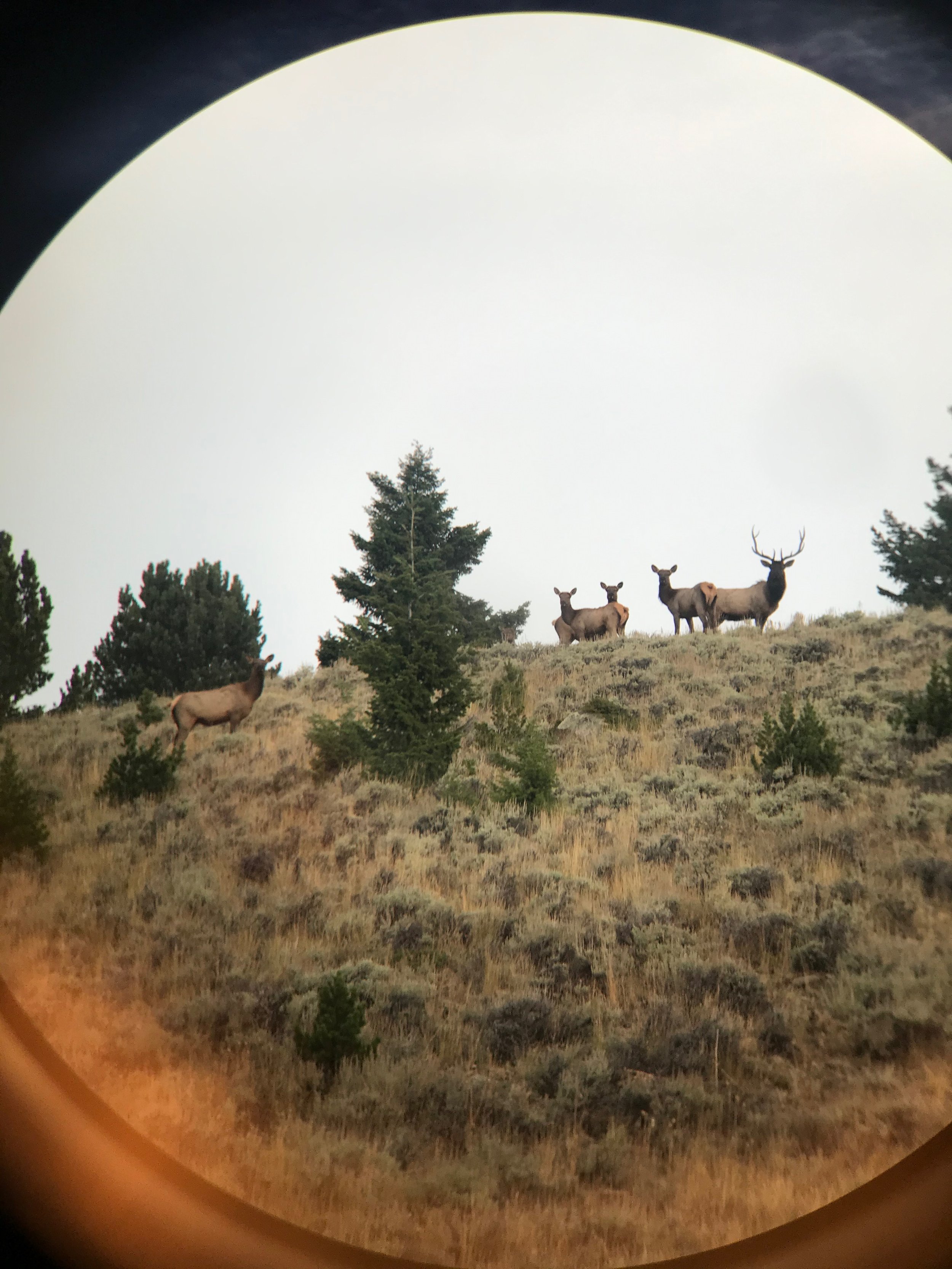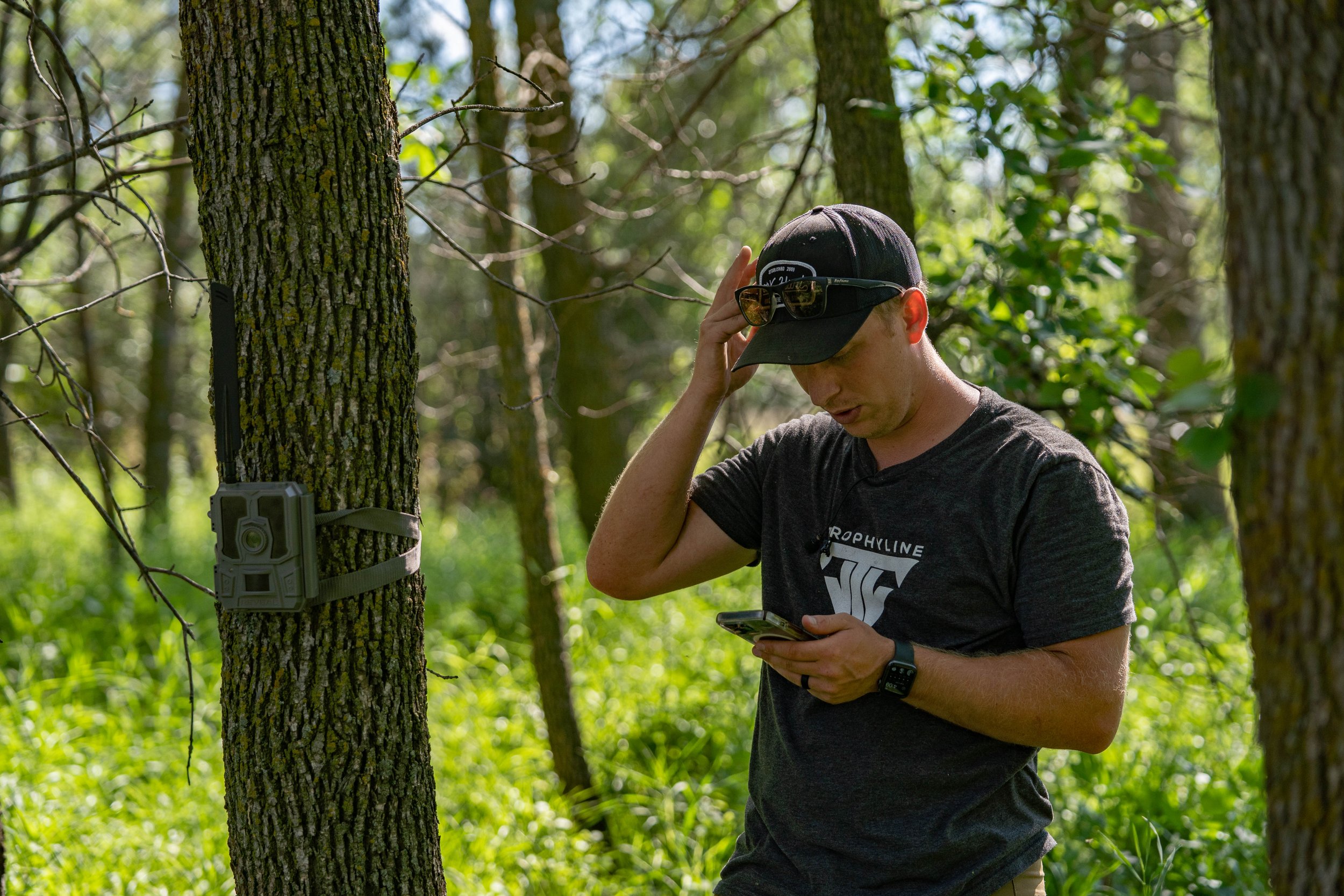By Alex Comstock
Bow season is just about here, for some states it's as close as a month away. I am always behind in what I want to get accomplished during the summer months while prepping for season. I don't think I'm alone, and that's why I'm feverishly typing this article. It's getting down to crunch time, and here are three last minute things you can do to benefit your hunting efforts this upcoming season.
1. Make Good With Your Wife/Significant Other. I'm being serious with this one! It's why I have it listed number one. This could be the most important thing you do in the time between now and deer season. I know some guys try to get their "brownie points" in the dead of winter, but our ladies will forget about what you did for her way back in January.
In the next month, gather as many of those brownie points as you can. The happier your wife is going into deer season, the happier you will be, and the more time you should be able to spend in the tree.
2. Enhance Your Immediate Hunting Area. There are a few things you can do towards the end of summer to increase your hunting areas. Don't be afraid to clear a nice trail through a thick area for deer to walk on. You may be thinking this will spook more deer than anything else, but from results I've seen from people that do it, and personal results, it can be killer. Be sure to swing that trail upwind of your stand for a perfect shot. In similar fashion, hinge cutting select trees to encourage deer movement towards your treestand can be highly effective.
If you don't have a spot that you can plant a food plot, consider spreading some no till seed around your deer stand. Simply take a rake and clear out an area, and then spread your no till seed before a rain. It can be a big help if you can spray round up on competing weeds, and then work in your seeds with a rake to insure good seed to soil contact. Small seeds such as clover and brassicas do the best in situations where you can't till.
The last thing I want to touch on when it comes to enhancing your hunting spots last minute is to create a path for yourself for a stealthy entrance. If you're trying to get close to a big buck's bedding area, this can help you avoid spooking him without you knowing it. For the last 100 yards or so of your walk to the stand, rake a small trail to walk on. Get it down to the bare dirt, or as close as possible, that way you can insure you will be as silent as possible while you approach your treestand. Be careful though, you will have to do this again when the leaves drop as well.
3. Scout from a Distance
I internally debated whether or not to include this as something to do last minute, because in a perfect world, you have been scouting from a distance all summer. After realizing that I still have a lot to learn this summer about the bucks and property I hunt, it became pretty apparent, I will be doing a lot of this last minute and I'm probably not going to be the only one.
There's more than one way to distance scout, but how I find it most effective, is if you know a preferred feeding area and can watch it from a comfortable distance with your binoculars or spotting scope. There is more to this than simply identifying a certain buck. Dissect his movements and how he lives. If you can watch him more than one night, and he comes from the same general direction, you can probably identify at the very least his general bedding area. Knowing his bedding and feeding area gives you multiple advantages going into season.
If the state you hunt in opens up early, there is a good chance you can connect with a buck if you know his bed to food pattern. If you're not able to connect on that buck early season, or if your season opens after a buck switches to his fall pattern, summer scouting still can help you harvest that buck later in the fall. Even though a buck's habits may change as the food sources change, I believe a buck's core area will generally stay the same. Take what you learned from watching a buck in the summer, especially his bedding area, and apply it to October and November. If you have an acorn crop, there is a good chance you can catch up with him between his bedding area and a secluded oak ridge in October. During the seeking phase of the rut, getting in between his bedding area and a doe bedding area could be dynamite.
By getting out in the next month when deer are most visible all year, and watching and studying them, you can learn more about a buck than just where he likes to feed in the month of August.
As I sit here and write this while sitting in a hotel room, I'm itching to get out in the next couple of weeks to get some of these things done myself. It's human nature to get stuff done last minute, or so it seems. It doesn't change when it comes to deer hunting either. The last month or two leading up to season can be crucial to your chances of success. Figure out what you can do last minute to increase your odds of harvesting a mature buck this fall.
































